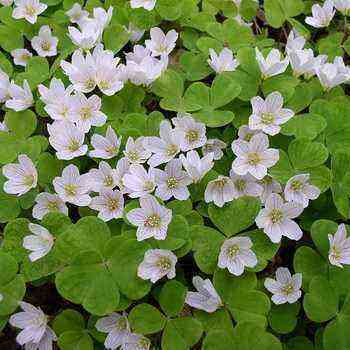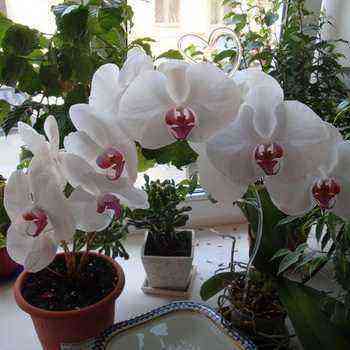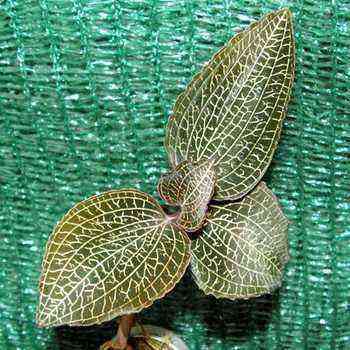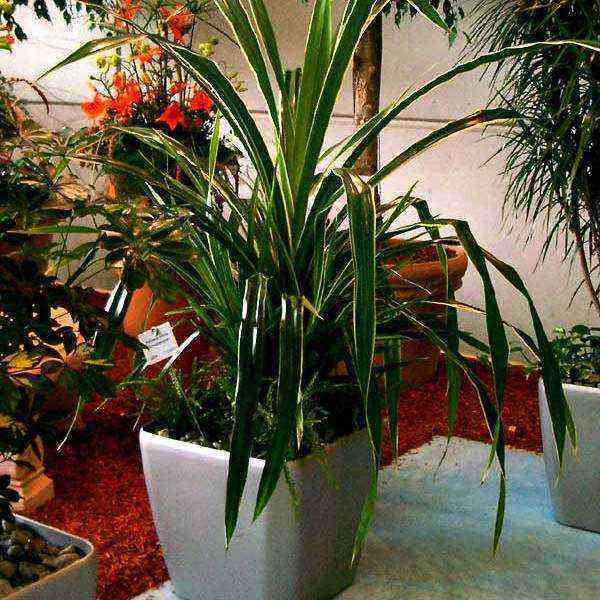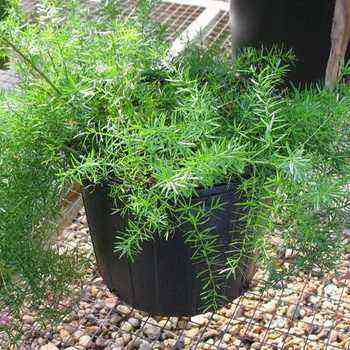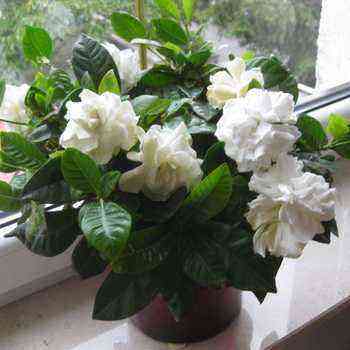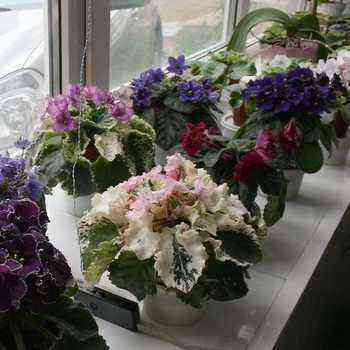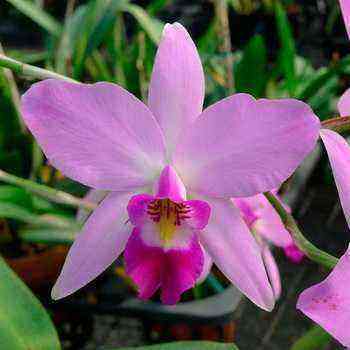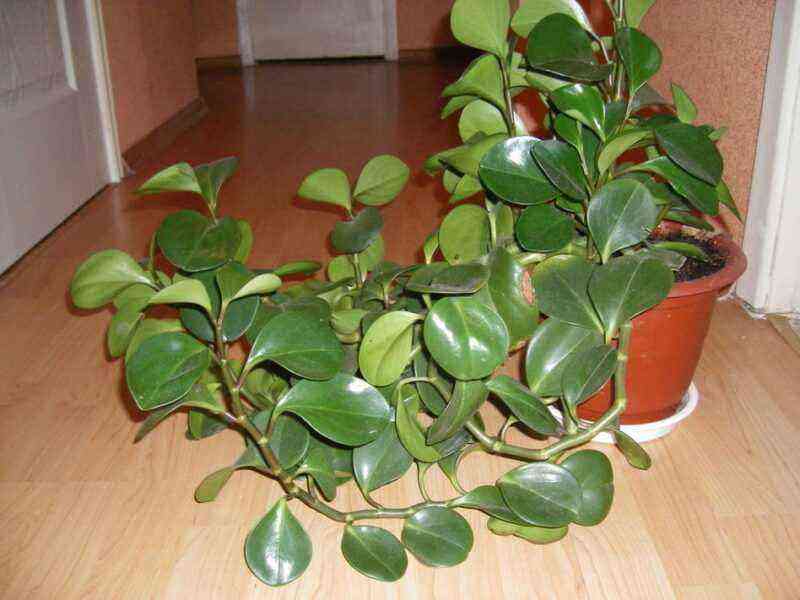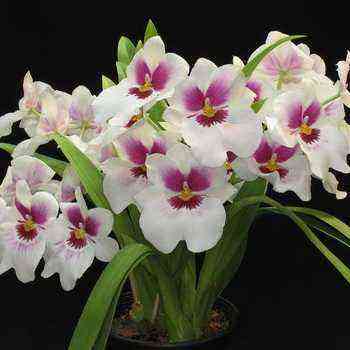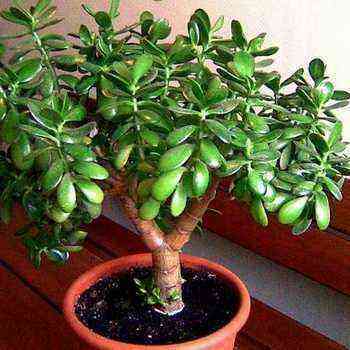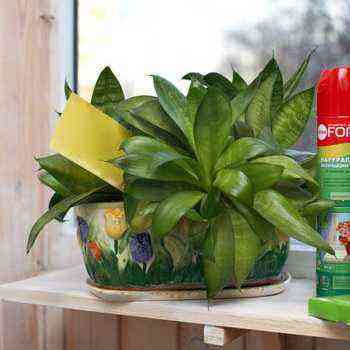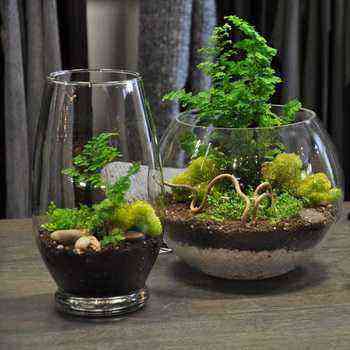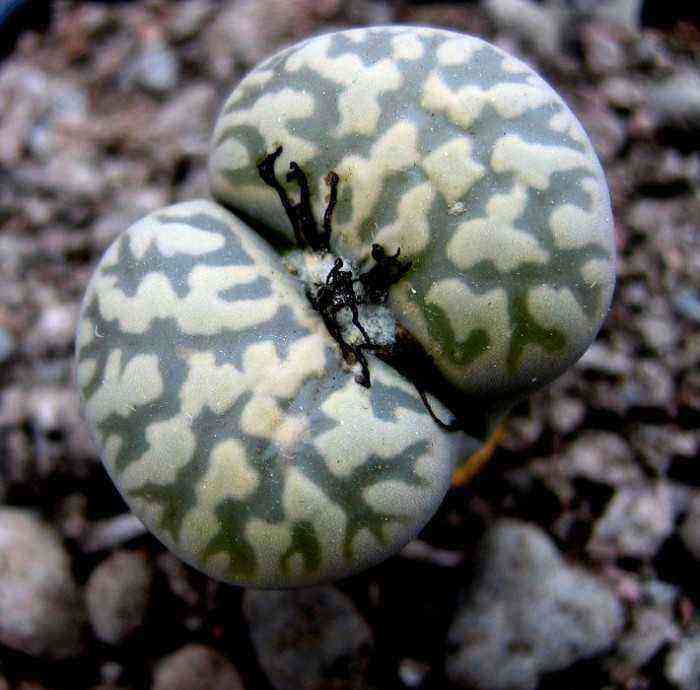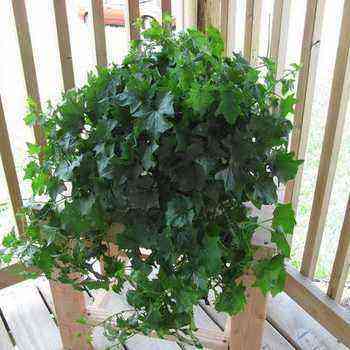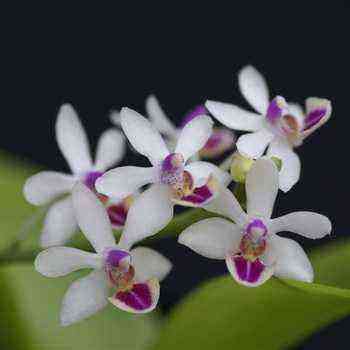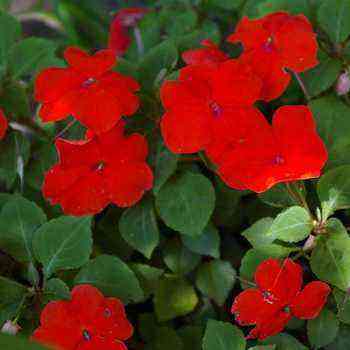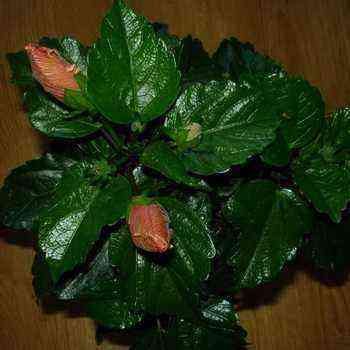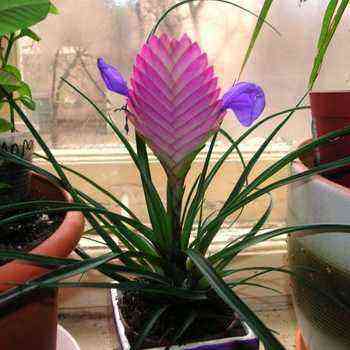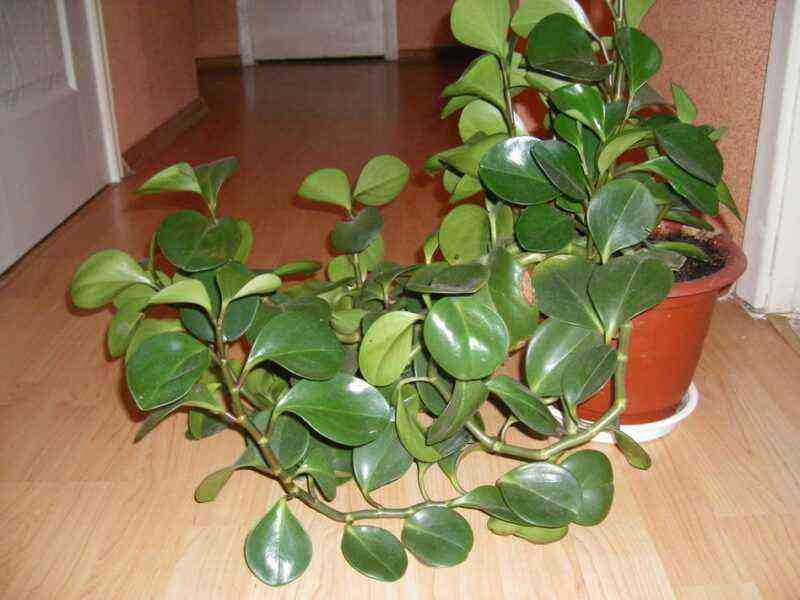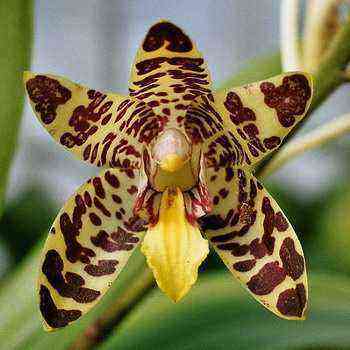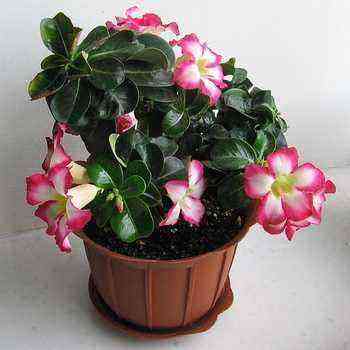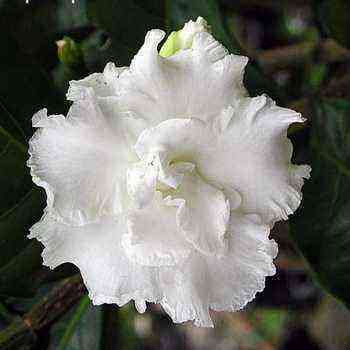Zygopetalum (lat.Zygopetalum) – a genus of the Orchid family, including mainly epiphytes, which, depending on the habitat, can become both terrestrial plants and lithophytes. In the natural environment, they are found in the tropics of America and in Brazil, where they settle in dense forests among thickets of other plants. This orchid is often grown at home due to the fact that every interested florist can create suitable conditions for it. It should be noted the spectacular inflorescences of zygopelalums, which are distinguished by an unusual structure and rich color palette.
Description
Zygopetalum is an orchid, which is inherent in the standard structure of most species in this genus. It has a powerful stem with a thickening at the base, rich in nutrients. This thickening is an oval or pear-shaped pseudobulb. Its length is 5 – 7 cm. Over time, many small daughter pseudobulbs are formed on the pseudobulb. The root system is represented by several thick, long, white roots arranged in a spiral shape.
The leaves are large, oval, elongated, or lanceolate, entire, with a pointed end, dense, shiny, rich green. From the lower pair of leaf plates, a peduncle grows about half a meter long. There can be several such peduncles on the zygopetalum, and on each of them buds are formed with an original color and a pleasant sweetish aroma.
Most varieties have a long, white lip with numerous bright spots and strokes. Petals are yellow, purple, lilac, crimson, brown, burgundy, pink. Flowers can be monochromatic or variegated, decorated with patterns. Flowering in this culture can be observed in winter, but often in good conditions the orchid blooms 2 times a year.
A feature of the orchid is its stepwise growth, that is, pseudobulbs grow one above the other, rising upward. They form between a pair of leaves, which die off with the growth of pseudobulds. In the upper part of the pseudobulbs, two petiolate leaves develop.
The description of the zygopetalum orchid is supplemented with a photo proving how luxurious the flower is, how beautiful and unusual it looks thanks to its bright color and patterns:
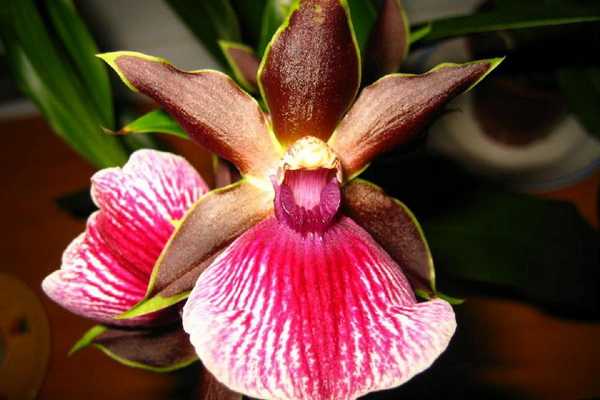


Types
For growing at home, hybrid forms of the zygopetalum orchid have been bred. The most popular ones are described below.
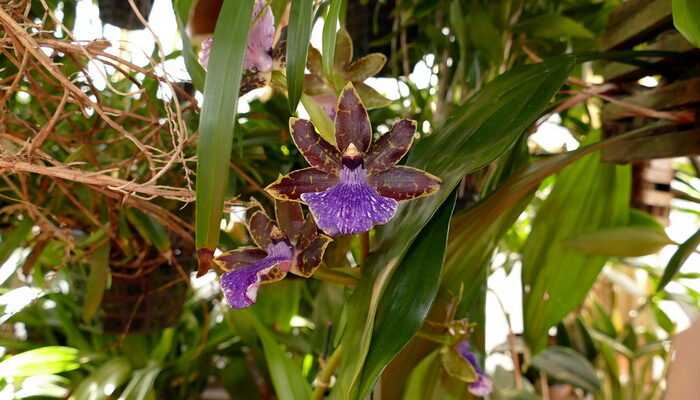
Zygopetalum maculatum.
A bright and very beautiful orchid with a peduncle reaching about 35 cm. It forms 7 – 10, sometimes a larger number of buds, the diameter of which is 5 cm. Petals are oval, widened in the lower part, green in color with numerous burgundy spots on the surface. The lip is elongated, white, with purple stripes.

Zygopetalum pedicellatum.
This type of zygopetalum differs from the above-described variety in a narrower lip with an expanded lower part. There are several purple dots and stripes on its surface.
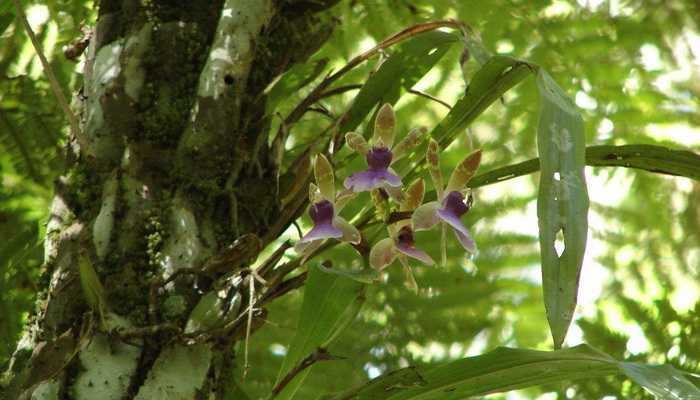
Zygopetalum maxillare.
It has a peduncle 30 – 40 cm long, with 5 – 8 buds with a diameter of 6 cm formed on it during the flowering period. Sepals are painted in burgundy, green and brown shades. The lip is white with purple spots.

Zygopetalum triste.
In this hybrid, the peduncle grows up to 20 – 25 cm. The flowers are about 5 cm in diameter, with narrow petals, slightly widened at the bottom. The petals are terracotta-burgundy with small green spots at the base. On the white lip, there are subtle blurry purple strokes.
Cultivation
Those flower growers who already have zygopetalum can get a new plant by dividing the rhizome. It should be borne in mind that each separated part must have at least 3 strong pseudobulbs. After the plant has been divided into parts, the cuttings should be left for some time in a ventilated room in order to dry the sections. In addition, it is recommended to sprinkle the cut parts with crushed coal to prevent decay.
If the florist is only planning to purchase this orchid, for this he will have to visit a flower shop, since this plant is obtained by seed method only on an industrial scale.
Care
Zygopetalums are quite demanding on growing conditions, so before you get this orchid, you should study all the features of the flower and get ready to devote time to a spectacular beauty.
Lighting. Most species need bright, diffused light, so it is best to place plants on an east-west facing windowsill. On the south-facing window, you will have to shade the orchid at noon so that the direct rays do not burn it. On the north side, the zygopetulum will not have enough light, to compensate for the lack of illumination, artificial supplementary lighting will be required.
Air temperature. This culture does not like heat and cold. The most comfortable temperature for her is 17 – 24 degrees in the daytime and 14 – 15 at night. The orchid successfully withstands short-term cold snaps up to 3 degrees and short-term heat up to 40 degrees. Zygopetalum feels good in the fresh air, so in summer the flower can be kept outdoors under a canopy in the absence of night frosts.
The soil. The optimal composition should include crushed pine bark, peat, sphagnum, expanded clay. You can cook it yourself, or buy ready-made orchid substrate in the store. For a zygopetalum, a plastic pot is suitable, since having planted a plant in a clay or ceramic container, there is a risk that the roots will grow into its walls. This will create certain problems when transplanting a flower.
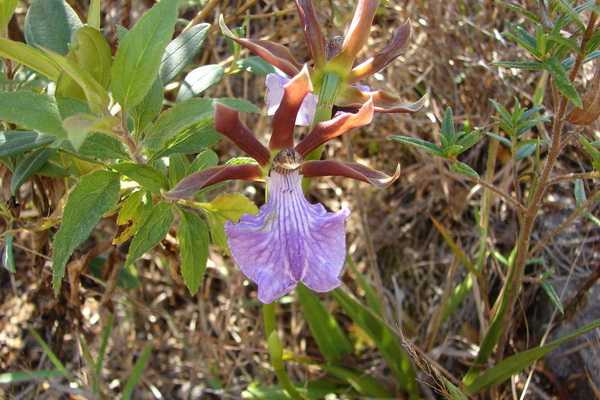
Watering. This culture is hygrophilous, does not feel well when the earthen coma dries out. The orchid should be watered sparingly, avoiding stagnation of moisture in the soil as well. For irrigation, you need to use settled or filtered water at room temperature. The soil in which the zygopetalum grows should always be slightly damp. It is recommended to carry out water procedures by completely immersing the pot in water for 15 minutes. After this time, the container is removed, the excess water is allowed to drain.
Air humidity. A tropical plant is most comfortable with high humidity. Daily spraying should be an integral part of caring for it.
Top dressing. The flower should be fed during intensive growth every 10 – 15 days, using special complexes for orchids. Top dressing should be root and foliar. In the second case, fertilizer is applied by spraying the foliage from a spray bottle filled with a nutrient solution.
Transfer. Transplanting zygopetalums when caring for an orchid at home is carried out only if necessary, for example, if the roots no longer fit in a pot. In the process of this work, damaged roots, dried pseudobulbs are removed.
The plant is transplanted into a container, which should be a couple of centimeters larger in diameter than the previous one. After transplanting, the flower is not watered for several days, kept in partial shade until it gets stronger.

